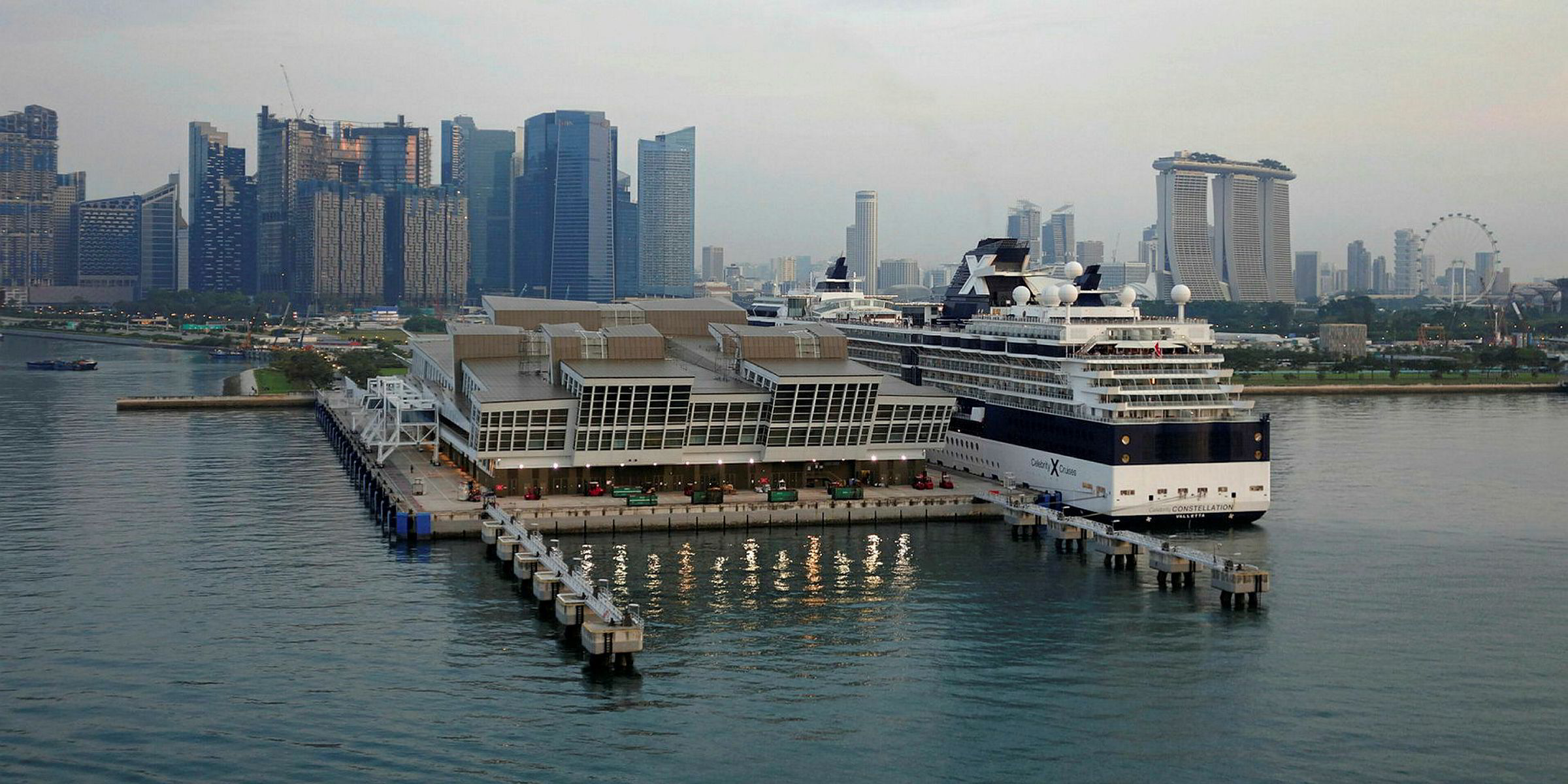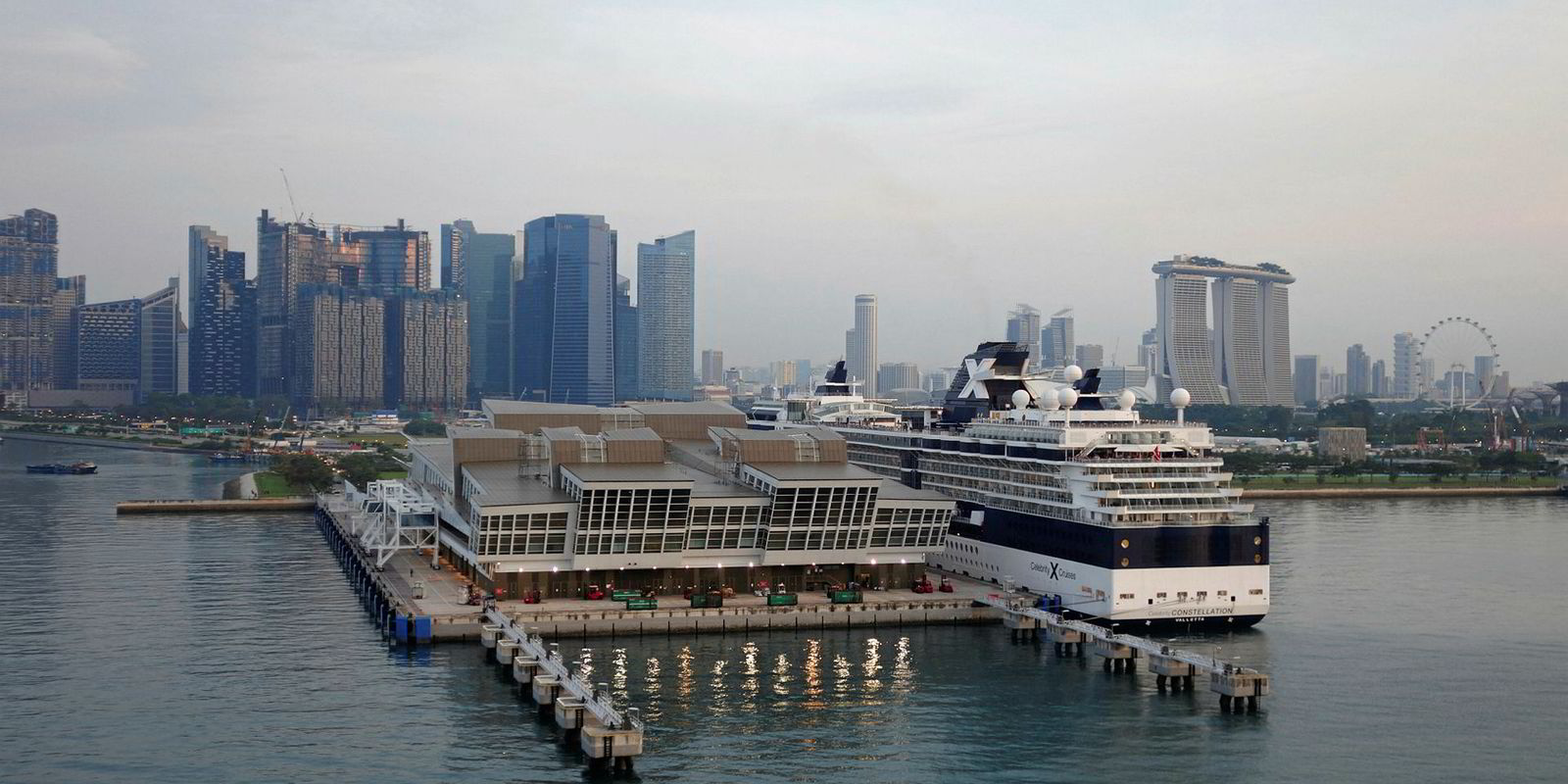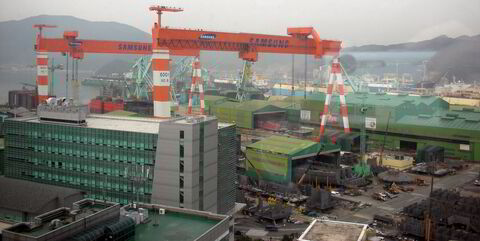Singapore fledgling cruise industry contributed SGD 706m ($530m) to the country’s economy in 2016, an increase of about 36% from 2010.
A study by the Singapore Tourism Board (STB) found that 411 cruise ships called at its ports in the same year and the country logged a passenger throughput of about 1.2m.
Last month a joint ASEAN Declaration on Cruise Tourism was officially endorsed at the ASEAN Tourism Forum 2018 in Chiang Mai, Thailand.
The declaration outlines ASEAN’s commitment to further develop cruise tourism in the region by improving the clarity of cruise policies and regulations, efficiency in administration processes, as well as refining business practices to be fairer and more responsible.
It is claimed that the declaration takes ASEAN a step closer towards achieving its vision of becoming a thriving cruise hub, expanding connectivity within Southeast Asia and driving strong economic contribution to new port-of-calls and their communities.
“A rise in cruise tourism is expected to spur further advancements in port and destination infrastructure, catalyse ship deployments and spin off benefits for local tourism industries and stakeholders across the region,” said the STB.
“With these developments, the region has the potential to generate growth of up to 4.5m passengers cruising in Southeast Asia by 2035, a ten-fold increase from 2016.”
STB chief executive Lionel Yeo commented: “The future of cruise tourism for both Singapore and the South-east Asian region is bright, with strong potential for growth.
“Cruise development needs to be a concerted regional effort and Singapore will continue to actively engage with our ASEAN counterparts to encourage regional cruise development, and jointly promote Southeast Asia as a cruising playground for the world.”
The STB said Singapore in particular, has much to gain from the increased visitor footfall and spend from the expanding cruise sector.
“The Republic has already built up a strong reputation among travellers as the region’s leading cruising gateway due to its strategic location, modern infrastructure, and unparalleled air connectivity to Asia-Pacific and the world,” it added.





